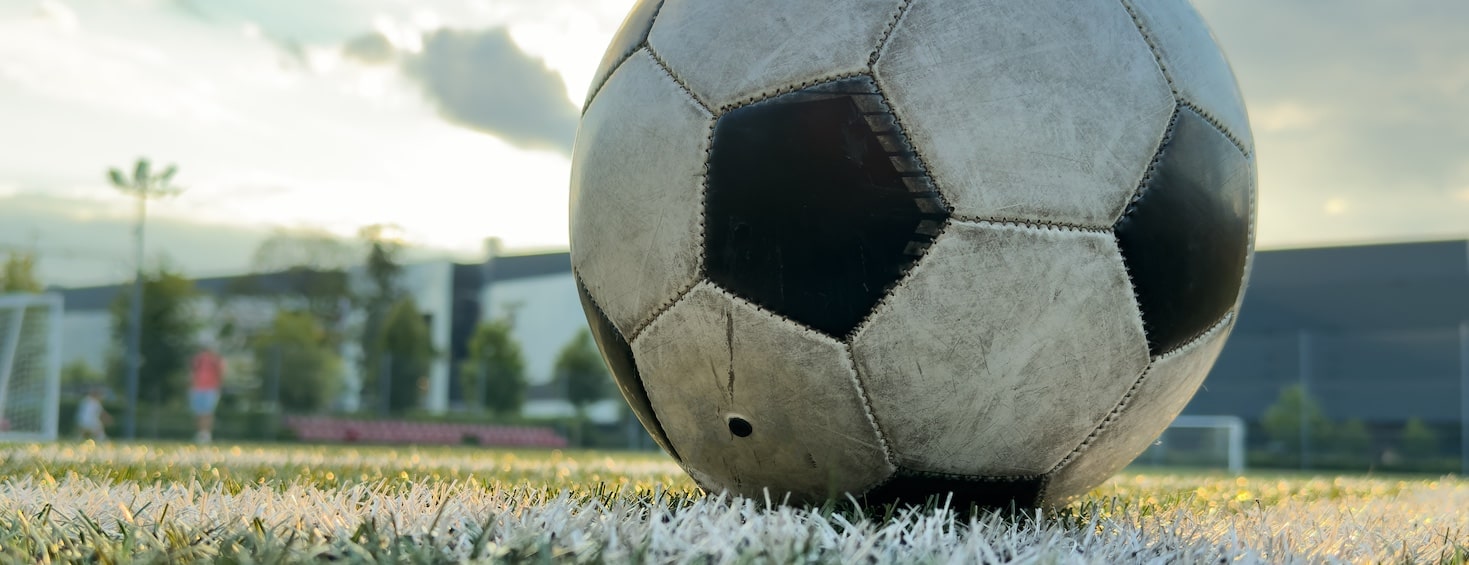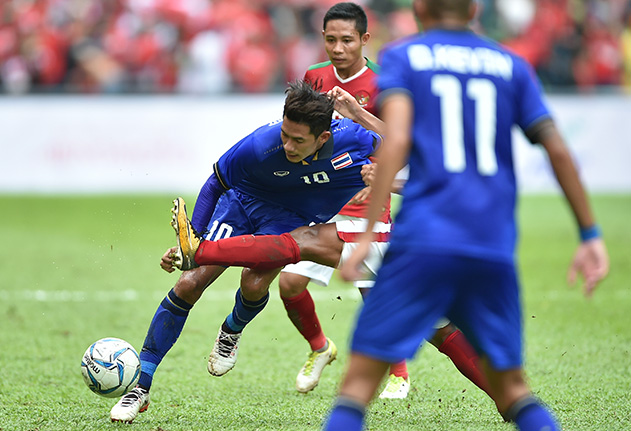The Role of a Goalkeeper
The goalkeeper, often referred to as the “keeper” or “goalie,” is the last line of defense in soccer. Their primary role is to prevent the opposing team from scoring by making saves, organizing the defense, and distributing the ball effectively. Goalkeepers need a unique blend of skills, including agility, quick reflexes, and strong decision-making abilities.
Real-life Example: Legendary goalkeepers like Gianluigi Buffon and Manuel Neuer have set the standard for what it means to be an exceptional shot-stopper, combining athleticism with tactical intelligence.
Essential Skills for Goalkeepers
To excel in the goalkeeper position, players must master several key skills:
- Shot-Stopping: The ability to react quickly and make saves is paramount. This includes diving, parrying, and catching the ball.
- Positioning: Knowing where to be in the goal at any given time can make saves easier and reduce the scoring angles for attackers.
- Distribution: Goalkeepers must effectively distribute the ball to start counter-attacks or relieve pressure, using throws, punts, and passes.
- Communication: Organizing the defense and providing clear instructions to teammates is crucial for maintaining a solid defensive structure.
- Mental Toughness: Handling the pressure and staying focused throughout the game is essential for goalkeepers.
Real-life Example: Iker Casillas, known for his incredible reflexes and leadership, demonstrated these skills throughout his career with Real Madrid and Spain.
Drills to Develop Goalkeeping Skills
To help young goalkeepers develop their skills, coaches can implement the following drills:
- Shot-Stopper Drills: Set up scenarios where goalkeepers face multiple shots from different angles, improving their reflexes and positioning.
- 1v1 Drills: Practice one-on-one situations where goalkeepers must close down attackers and make crucial saves.
- Distribution Drills: Focus on accurate throws, punts, and goal kicks to enhance distribution skills.
- Crosses and High Balls: Train goalkeepers to deal with crosses and high balls, improving their ability to claim or punch the ball under pressure.
- Reaction Drills: Use agility ladders, cones, and reaction balls to boost quickness and reflexes.
Real-life Example: Youth academies often use these drills to build a solid foundation for aspiring goalkeepers, preparing them for higher levels of competition.
Famous Goalkeeping Moments
Goalkeepers have often been the heroes of memorable matches. Here are a few iconic moments:
- Gordon Banks’ Save Against Pelé: In the 1970 World Cup, Banks made an incredible save against Pelé’s header, which is still regarded as one of the greatest saves in history.
- Oliver Kahn in the 2002 World Cup: Kahn’s performances were instrumental in Germany reaching the final, showcasing his exceptional shot-stopping abilities.
- Tim Howard’s 16 Saves Against Belgium: In the 2014 World Cup, Howard set a record for the most saves in a single match, despite the USA’s eventual defeat.
These moments highlight the critical impact a goalkeeper can have on the outcome of a game.


Improve Your GameJust 1.99 p/m
Exclusive drills and sessions, get involved today!
- 100’s of Drills
- Coach to Camera Videos
- Sessions from Pro’s
- Industry Leading Advice
The goalkeeper position is vital in soccer, requiring a unique set of skills and a strong mental approach. For grassroots coaches, developing talented goalkeepers involves focusing on the fundamentals, providing consistent practice, and encouraging a resilient mindset. By implementing targeted drills and learning from the greats, young goalkeepers can become the backbone of their teams.





Cupello
Rethinking soccer coaching via our industry leading tools. Built to offer effective coaching development solutions for players and coaches of all levels.